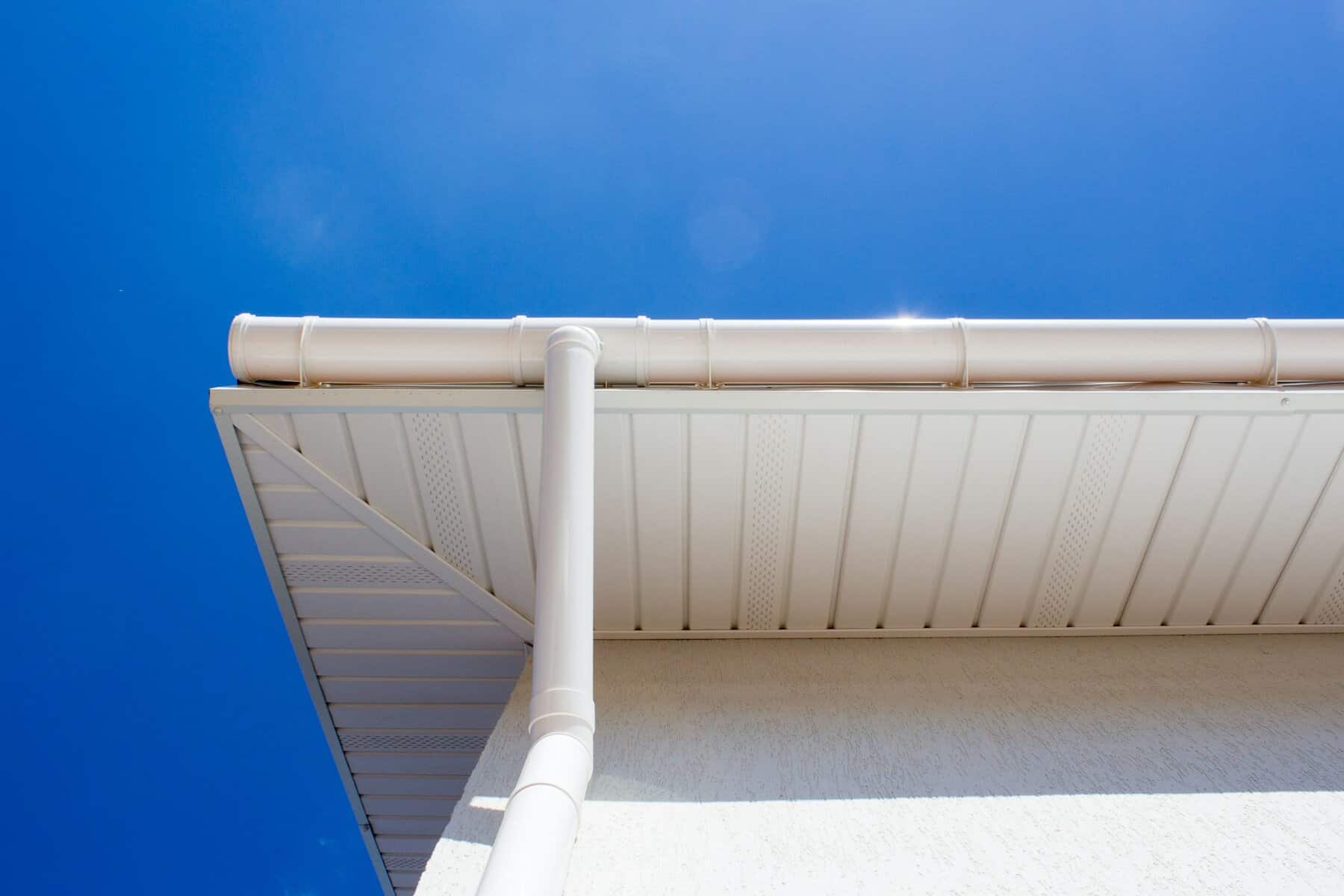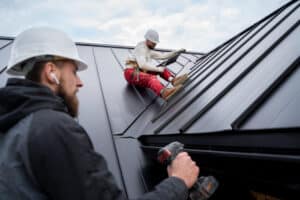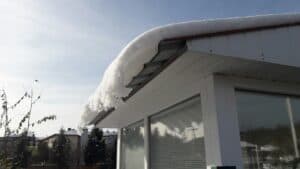
Hearing strange sounds coming from your roof is never something you want to ignore. Unexpected noises like pops, creaks, or thuds can make any homeowner uneasy, especially when they happen during the night or during a windstorm. While some roof sounds might be harmless due to natural expansion or seasonal shifts, others can point to real problems hiding just beneath the surface. Knowing the difference can help you stay ahead of trouble before it becomes an expensive repair.
Homeowners in New Hampshire often deal with shifting temperatures and varied weather patterns throughout the year. That kind of change puts pressure on roofing materials, which can lead to sudden noises. Some of these sounds may be standard for your type of home, but if they start happening more often or louder than usual, your roof might be trying to tell you something. It’s worth understanding the possible causes so you can take the right steps quickly and keep your roof secure and long-lasting.
Identifying Roof Noises
The first step is paying attention to the kinds of sounds you’re hearing. Roof noises can come in different forms, and each could hint at a different underlying issue. Some of the more recognizable sounds include:
– Creaking: A common result of wood framing adjusting to temperature swings.
– Popping or cracking: Often caused by metal parts on the roof reacting to heat or cold.
– Thumping or banging: Could suggest loose shingles or something external, like branches or debris.
These noises aren’t always a sign of damage. For example, houses with wood framing will creak more during rapid temperature changes as the wood expands or contracts. Similarly, popping noises may happen on metal roofing systems after the sun hits them in the morning.
That said, it’s important to know when these noises cross the line into problem territory. If the sounds become louder, more frequent, or are paired with other signs like leaks or visible damage, then your roof might need attention. Rattling or loud bangs during windy days can mean loose shingles or flashing. Constant popping sounds that weren’t there before may mean your roof is under stress or materials are warping.
One homeowner in New Hampshire reported hearing loud banging every time the wind picked up. It turned out a piece of loose flashing was slapping against the side of the house, which eventually led to water seeping inside during a rainstorm. Picking up on noise changes like this can save a lot of time and money.
If you’re unsure whether the sounds are harmless or a warning sign, it’s safer to not ignore them. Keep notes on when the noises happen and what conditions are present, like cold mornings or windy afternoons. This will help when the time comes to speak with a roofing professional.
Possible Causes Of Roof Noises
Now that we’ve covered what those sounds might mean, let’s look at what actually causes them. Your roof is made up of lots of materials working together, and each reacts differently based on conditions outside.
Here are a few common reasons your roof might be making noise:
1. Temperature Swings
Most roofs will make some kind of sound when temperatures change quickly. This is especially true in fall, when cold nights follow warmer afternoons. Wood rafters, metal fasteners, and decking materials all expand or contract at different speeds, which can lead to creaks or pops.
2. Weather and Wind Impact
New Hampshire sees plenty of strong winds, and that can move loose shingles, flashing, or vents. These parts may hit the surface underneath or shift in place, creating thudding or banging sounds. If not fixed, this kind of movement can wear down your roofing faster.
3. Loose or Failing Components
Over time, nails can back out or materials can shift from their original position. When pieces like gutters, flashing, or shingles aren’t tightly attached, they can rattle in the wind or shift when walked on. That rattling can cause serious water damage if left untreated.
4. Structural Issues
Older homes may be more prone to noises from structural shifting. If your roof deck is sagging or there’s spacing between rafters, you might hear creaks or groans more often. This could mean moisture has already caused damage or that your home’s framing is adjusting over time.
Understanding the source of the noise can go a long way in preventing bigger issues down the road. While some scratching or tapping might just be a tree branch, steady thuds or deep creaks likely deserve a closer look. The next step is knowing how to respond before a small issue turns into a major repair.
Steps To Take When Your Roof Makes Noises
Once you’ve figured out that something doesn’t sound right up there, the next step is stopping a minor mystery from turning into a bigger problem. Roofs don’t scream for help, but the noises they make can be warning signs worth your attention. You don’t need special tools to begin, just a bit of observation and some basic caution.
Start with a visual check from the ground. Do a slow walk around your home and look at your roof from every angle you can safely access. You’re looking for shifted shingles, sagging areas, loose flashing, or anything that seems out of place. Avoid climbing onto the roof yourself. It’s a lot more dangerous than people realize, especially with unpredictable weather in New Hampshire.
Here are a few steps to guide you:
1. Watch the timing – When do you hear the noise? Early morning, windy afternoons, or cooler evenings? Noting the time and weather conditions helps with narrowing down what’s going on.
2. Listen from inside – Check different rooms. That can pinpoint the area of the roof that’s causing the sound.
3. Look for visible changes – Cracks in ceiling drywall, damp patches, or nails popping out of shingles are signs the noise could be tied to damage.
4. Keep pets indoors – If your dog or cat suddenly refuses to enter a particular room, that might be a good reason to listen more closely to what’s going on above it.
5. Reach out for help – If the noises don’t go away or keep getting worse, it’s time to call in a professional for emergency roof repair in New Hampshire.
Trying to figure it out on your own can make the issue worse or delay something that needs immediate fixing. That’s especially true if water is involved. Noise might be the first sign of a leak that hasn’t shown up on your ceiling yet.
Preventative Maintenance To Avoid Roof Noises
Most noisy roof problems don’t show up overnight. They tend to build over time. With good maintenance habits, you can avoid a noisy roof and the damage that usually comes with it.
Fall is a great season in New Hampshire to prepare your home for colder months. Since the September 11 publishing date falls right at the edge of peak roofing season, it’s a good time to focus on simple habits that can help keep things quiet above your head.
Here’s what you can do:
– Schedule regular roof inspections at least once a year. Early fall is a smart time to do this before winter hits.
– Check your attic for proper ventilation. A well-ventilated attic helps balance moisture and air flow, which reduces layout stress that can cause sounds.
– Reinforce problem areas like chimneys, vents, and skylights. These spots are more prone to letting in wind and moisture, which can both lead to noise and water damage.
– Remove any debris that’s landed on the roof. Sticks, branches, or leaves can create constant tapping when the wind picks up.
Catching small shifts early, like a curling shingle or loose caulking, can make the difference between a quick fix and a costly emergency. A roof that’s maintained each year stays quieter, lasts longer, and gives you fewer surprises after every storm.
When Your Roof Is Trying to Tell You Something
A noisy roof can feel like an odd annoyance at first, but underneath that strange creak or rattle might be something worth a closer look. The sooner you figure out the cause, the better the odds of avoiding major damage. Living in New Hampshire means your roof deals with a little bit of everything: snow, ice, wind, and changing temps. Over time, all that can take a toll.
Whether the sound is a quick pop in the morning or something louder when storms roll through, don’t ignore the signs. Most roofing problems that begin with strange noises can be caught early and fixed before they turn into leaks, sagging, or bigger repairs. A little attention now can save headaches down the line, especially during harsh weather when access to roof repairs may be harder.
Being proactive adds protection to your home and peace of mind to your routine. When something doesn’t sound right, it’s probably the right time to act.
When your roof demands attention, acting quickly can prevent small annoyances from turning into costly repairs. Don’t let unusual sounds or visible signs of damage become bigger issues over time. If you need emergency roof repair in New Hampshire, trust J. Carnes & Son Roofing to provide the reliable, expert service you deserve.




